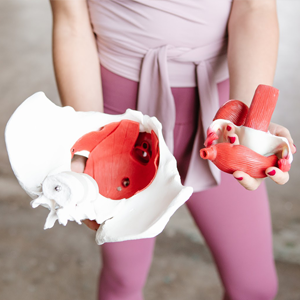6 Things Women Should Know About Incontinence
Urinary incontinence is a prevalent concern among women, impacting both physical and emotional well-being. Understanding the key aspects of this condition is crucial for effective management. Here are six essential things every woman should know about incontinence:
- Types of Incontinence: Incontinence comes in various forms, including stress, urge, and mixed incontinence. Stress incontinence is often associated with physical activities, while urge incontinence involves a sudden, intense need to urinate. Mixed incontinence combines elements of both.
- Causes and Risk Factors: Pregnancy, childbirth, and menopause are common contributors to urinary incontinence in women. Other risk factors include obesity, aging, and certain medical conditions.
- Myths Surrounding Incontinence: Dispelling myths is crucial. Contrary to misconceptions, urinary incontinence is not an inevitable part of aging, and effective treatment options are available.
- Impact on Pelvic Floor Muscles: Multiple vaginal births can weaken pelvic floor muscles, contributing to urinary incontinence. Understanding the connection empowers women to take proactive steps for prevention and management.
- Commonality and Normalization: Urinary incontinence is more common than often perceived. Many women experience it, and seeking medical advice is essential for personalized management.
- Treatment Options: Effective treatments range from lifestyle modifications and pelvic floor exercises to pharmacological interventions. Seeking professional guidance ensures tailored and successful management.


































